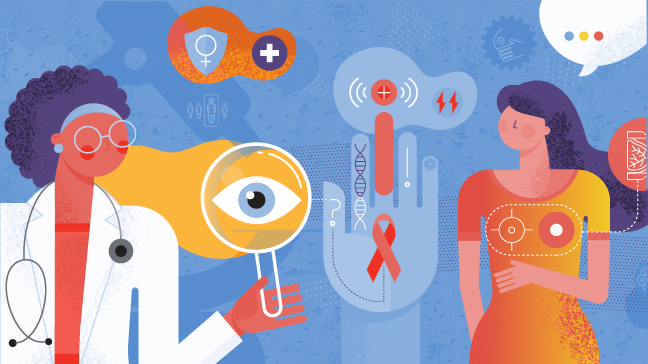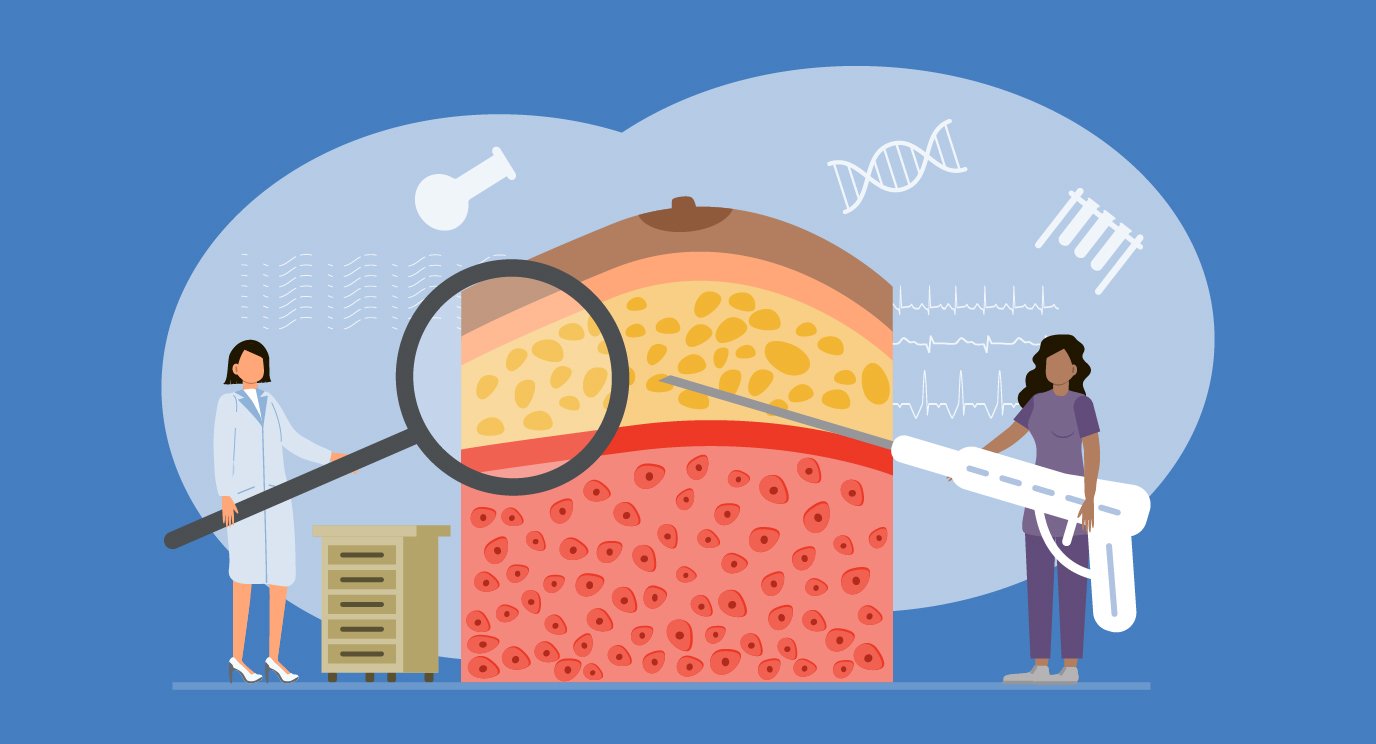- Diseases
- Acoustic Neuroma (16)
- Adrenal Gland Tumor (24)
- Anal Cancer (70)
- Anemia (2)
- Appendix Cancer (18)
- Bile Duct Cancer (26)
- Bladder Cancer (74)
- Brain Metastases (28)
- Brain Tumor (234)
- Breast Cancer (726)
- Breast Implant-Associated Anaplastic Large Cell Lymphoma (2)
- Cancer of Unknown Primary (4)
- Carcinoid Tumor (8)
- Cervical Cancer (164)
- Colon Cancer (168)
- Colorectal Cancer (118)
- Endocrine Tumor (4)
- Esophageal Cancer (44)
- Eye Cancer (36)
- Fallopian Tube Cancer (8)
- Germ Cell Tumor (4)
- Gestational Trophoblastic Disease (2)
- Head and Neck Cancer (14)
- Kidney Cancer (130)
- Leukemia (342)
- Liver Cancer (50)
- Lung Cancer (286)
- Lymphoma (278)
- Mesothelioma (14)
- Metastasis (30)
- Multiple Myeloma (100)
- Myelodysplastic Syndrome (60)
- Myeloproliferative Neoplasm (6)
- Neuroendocrine Tumors (16)
- Oral Cancer (102)
- Ovarian Cancer (178)
- Pancreatic Cancer (160)
- Parathyroid Disease (2)
- Penile Cancer (14)
- Pituitary Tumor (6)
- Prostate Cancer (150)
- Rectal Cancer (58)
- Renal Medullary Carcinoma (6)
- Salivary Gland Cancer (14)
- Sarcoma (238)
- Skin Cancer (300)
- Skull Base Tumors (56)
- Spinal Tumor (12)
- Stomach Cancer (66)
- Testicular Cancer (28)
- Throat Cancer (92)
- Thymoma (6)
- Thyroid Cancer (100)
- Tonsil Cancer (30)
- Uterine Cancer (86)
- Vaginal Cancer (18)
- Vulvar Cancer (22)
- Cancer Topic
- Adolescent and Young Adult Cancer Issues (22)
- Advance Care Planning (12)
- Biostatistics (2)
- Blood Donation (18)
- Bone Health (8)
- COVID-19 (360)
- Cancer Recurrence (120)
- Childhood Cancer Issues (120)
- Clinical Trials (628)
- Complementary Integrative Medicine (22)
- Cytogenetics (2)
- DNA Methylation (4)
- Diagnosis (238)
- Epigenetics (6)
- Fertility (62)
- Follow-up Guidelines (2)
- Health Disparities (14)
- Hereditary Cancer Syndromes (128)
- Immunology (18)
- Li-Fraumeni Syndrome (8)
- Mental Health (122)
- Molecular Diagnostics (8)
- Pain Management (62)
- Palliative Care (8)
- Pathology (10)
- Physical Therapy (18)
- Pregnancy (18)
- Prevention (936)
- Research (390)
- Second Opinion (78)
- Sexuality (16)
- Side Effects (616)
- Sleep Disorders (10)
- Stem Cell Transplantation Cellular Therapy (216)
- Support (408)
- Survivorship (328)
- Symptoms (182)
- Treatment (1788)
Mammograms vs. thermography: What you need to know
3 minute read | Published October 23, 2020
Medically Reviewed | Last reviewed by an MD Anderson Cancer Center medical professional on October 23, 2020
Regular screening mammograms detect breast cancer early when they are easiest to treat successfully. But can a screening test called thermography do the same thing, without the low-dose radiation and breast compression that come with mammography?
We talked to Ethan Cohen, M.D., who sees patients at MD Anderson West Houston Diagnostic Imaging, about the differences between these two tests, and what women should know if they're considering getting a thermogram instead of a mammogram. Here’s what he had to say.
Mammograms and thermographs are very different tests
A mammogram is an X-ray of the breast tissue. During a mammogram, a technologist positions each breast between two plates or paddles. The breast tissue is compressed, and two X-ray images are taken, one from the top and one from the side. Tomosynthesis, commonly called 3D mammography, is largely the same process, only with additional pictures.
A radiologist studies the images to look for abnormalities. Breast cancer usually appears as a white mass. If your radiologist sees anything abnormal on the mammogram, you’ll be called back for additional imaging.
A thermography machine uses an infrared camera to detect temperature differences within your breast tissue. During a thermogram screening, the machine never touches your body.
On a thermogram image, “hot spots” appear red compared to surrounding tissue that appears yellow, green or blue. Anything that is causing an inflammatory response from the body will show up on a thermogram image as hot.
“There’s no way to follow up abnormalities with thermography,” says Cohen. “If someone has an abnormal thermogram, they have to start over and come back to us and get a mammogram.”
At MD Anderson, we only offer mammography. We do not offer thermography. That’s because mammography and thermography are not equal in terms of their ability to detect cancer and save lives. “The decision to undergo thermography is a personal one,” Cohen says. “But the most important thing is to make sure you still get your annual mammogram.”
Thermography does not detect cancer in its early stages
We know from decades of research that getting a regular mammogram starting at age 40 is the best way to detect cancer early, when it’s most treatable. Mammograms can detect very small abnormalities before they can be felt or seen.
“Some research has shown that thermography may be able to detect big, advanced cancers,” Cohen says. “Unfortunately, detecting large, later-stage cancers is not as beneficial. You’re not changing outcomes by detecting advanced cancer. You’re changing outcomes when you find small, clinically undetectable breast cancer.”
The bottom line: the long-term outcomes for thermography have never been studied. “Are you saving lives? Are you finding breast cancers? it’s just impossible to know,” Cohen says.
Thermography does not have to meet any standards of quality or effectiveness
Every facility that provides mammograms is regulated by the Food and Drug Administration (FDA) and must meet rigorous standards to stay certified.
Some facilities, like all MD Anderson locations that offer breast imaging, also opt to meet even higher voluntary standards to become Breast Imaging Centers of Excellence.
On the other hand, there are no quality standards for thermography. In fact, the FDA has stated explicitly that thermography should not be used in place of other screening tools like mammography to detect breast cancer or any other disease.
Mammograms are safe
Patients frequently ask if mammograms are safe. Cohen stresses that the benefits far outweigh the very small risk from the radiation emitted during a mammogram.
“It’s a very low dose of radiation,” he says. “We routinely say that it’s the same as taking an airplane across the country from Los Angeles to New York. It’s the same as that.”
The most important thing is not to skip your annual mammogram. “The number of lives we save through mammograms is in the order of hundreds of thousands more than anyone was ever harmed,” says Cohen.
Schedule your mammogram at MD Anderson online or by calling 1-844-240-7092.

Mammography and thermography are not equal in terms of their ability to detect cancer and save lives.
Ethan Cohen, M.D.
Physician





